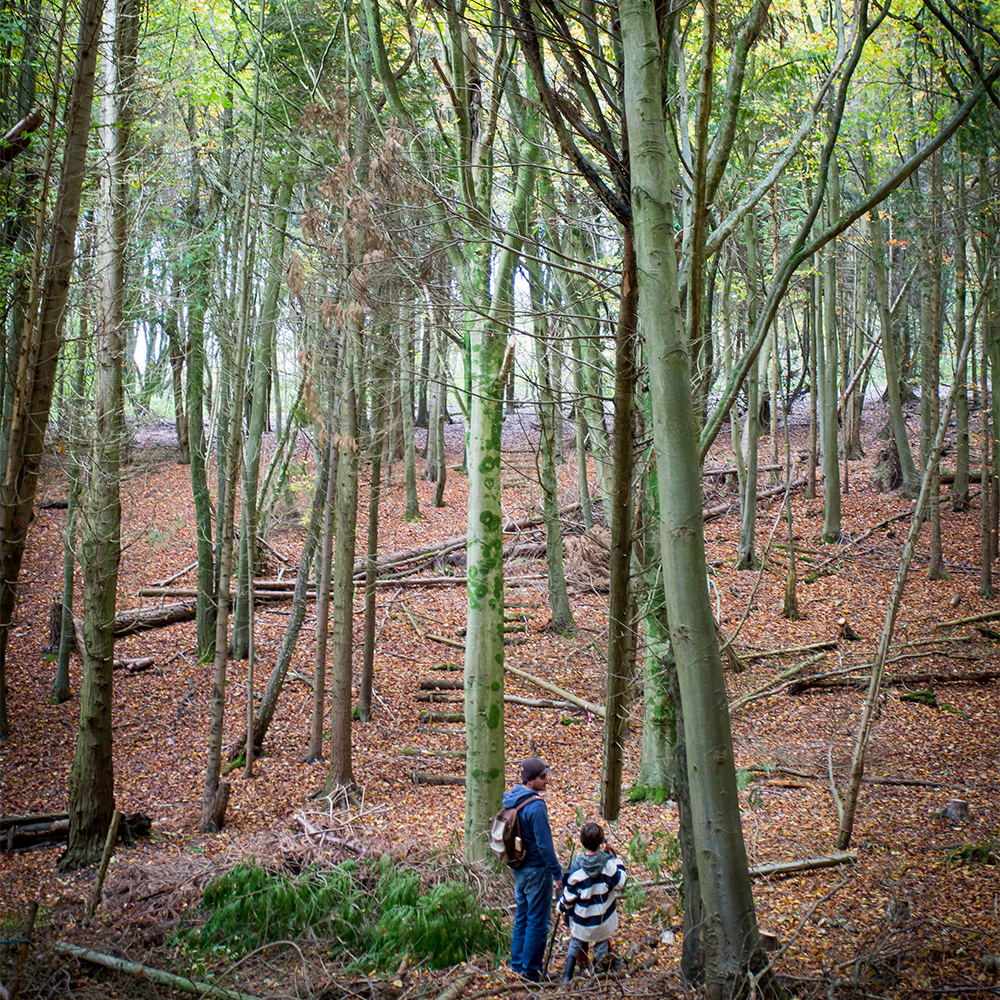
Now is the time to truly nationalise our National Parks
This year marks the 75th anniversary of the National Parks and Access to the Countryside Act, that visionary postwar legislation around countryside access and nature protection that was every bit as momentous as others that created our modern welfare state or town and country planning regime. But why, three quarters of a century later and in England and Wales in particular, are our National Parks appearing to struggle? Is it simply down to a lack of resources and organisation, or are there deeper issues that require us to go back to that founding legislation and consider more systemic changes?
‘Struggle’ is not a term that everyone will recognise, of course. Most of the 90 million visitors that head to Britain’s National Parks every year are probably very happy with what they see and do; and we know that the parks’ value to the nation’s physical, mental and economic good health is immense. But if the 1949 Act was about enshrining and advancing access then why, today, is barely a third of the Peak District, our oldest national park, open to the public? If protection of landscape and the natural environment was so integral why are just 12% of Sites of Special Scientific Interest (SSSI) in the North York Moors in a favourable condition?
At the heart of the 1949 Act was an ambition for a more accessible, equitable and enriched environment that would benefit people and nature alike. National Parks provided the flagship, but this was an integrated vision where wider and lasting public access improvements (National Trails, public rights of way, the Definitive Map) went hand in hand with nature protection (national nature reserves, SSSIs). However, as the new statutory purposes for National Parks made clear, natural beauty and cultural heritage sat alongside wildlife at the heart of these designations – in other words, their focus was not simply to conserve nature, a point perhaps overlooked by some today. British National Parks remain self-evidently cultural parks, which (like the vexed question of defining what we mean by natural beauty) can sometimes make it challenging to find solutions that balance socio-economic interests and ecological well-being and recovery.
75 years – looking back, looking forward
So where are we today, 75 years on, and where do we go from here? We now have 15 National Parks across Britain and promises of more. Those in England and Wales are now run by their own boards as, effectively, special purpose local authorities – which inevitably can bring out the best and worst of local government and means that they are at the mercy of central funding. Indeed, when set against the benefits they bring, National Parks remain woefully under-funded and unprotected; and despite periodic reviews – most obviously Glover for England’s ten parks – little fundamental change has followed.
So perhaps this is the time to reprise the 1949 Act for the 21st century, imagine how it would be written in the face of the unprecedented biodiversity and climate crises we face today, so that National Parks have a more visible and effective leadership role around nature recovery and landscape-scale improvement, for instance. Are the statutory purposes sufficiently far-sighted for today’s challenges, and is the framework that supports them robust and coherent? How does it inter-connect with all that other crucial stuff that we know happens in our protected areas and which parks are instrumental in – from the health and wellbeing agenda to the future of farming and the viability of rural communities? And this is surely also the moment to look ahead to the next 75 years by re-imagining our National Parks and making them more relevant to more people more often – from national park cities to marine National Parks, as well as a more dynamic and supportive relationship with National Landscapes (formerly AONBs).
Perhaps, too, if we’re starting again or at least working out what’s best going forwards, we need to think through how National Parks in England and Wales function both operationally and strategically. How are these public assets in largely private hands (neither properly national nor what most people understand as parks) owned and administered, given that they cover 20% of Wales and a tenth of England? Perhaps as a mark of their fundamental importance to the nation (as well as re-creating that postwar reforming zeal), there is now a case for ‘nationalising’ National Parks? By that I don’t mean abolishing national park authorities or removing local decision-making or accountability, but rather using the 75th anniversary of their founding legislation to press politicians to recognise the worth of National Parks, re-examine how they’re constructed and once more put these jewels in our landscape crown front and centre.
It’s worth remembering that back in 1949, after successful lobbying by Campaign for National Parks (then called the Standing Committee on National Parks), the Act ended up having cross-party support; and Government Minister Lewis Silkin even went so far as to call it “the most exciting Act of the post-war Parliament”. With political uncertainty and change in the air in 2024, now is the time to re-kindle that pioneering spirit, give a platform to our National Parks and let them really fulfil their potential.
Andrew joined Campaign for National Parks as Chair of Trustees at our AGM last November, having previously been a Member on the Peak District National Park Authority which he chaired for five years. He started his career with the Ramblers’ Association three decades ago and currently works for YHA (England and Wales), as well as writing books on walking and the outdoors. Andrew says he has a lifelong passion for National Parks and is looking forward to championing Campaign for National Parks at every level, helping us grow as an effective campaigning body and realising our goal of better, equal and more National Parks for all.
